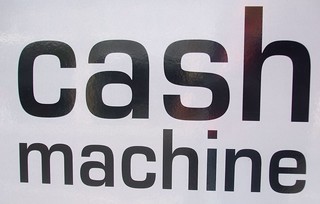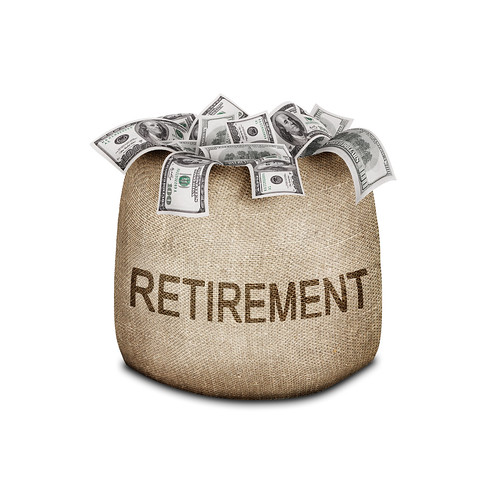When you’re in debt, and trying to escape from the cycle of debt, the one thing that seems to dominate your every thought is paying off that debt. Far too often, those of us who talk about debt and finances regularly tend to focus on debt as well. We focus on paying off debt, eliminating debt, and ways to spend less money so you free up more money in your budget to pay off that debt. What we don’t talk about often enough, in my opinon, is making more money. In many ways, increasing your income is just as important to your fight against debt as staying disciplined in paying your debt off.
I don’t know about you, but I often feel like my income is capped. In any job, you are either paid a yearly salary, or paid an hourly wage. In that way, you’re income is capped. If you’re paid on a salary, it doesn’t matter how much you work, you only get paid a certain amount every pay period. If you work hourly, there are only so many hours that you can work in any pay period. There are always ways to advance yourself through the workforce, and up the ladder at work, but your income is still capped.
Uncapped income.

One way to increase your income, that doesn’t require that you work all hours, and that doesn’t cap your income is through passive income. I’ve talked about it before here, and here, and here. The ideal definition of passive income is income you earn without putting in any work. And, maybe in an ideal world, that type of income would actually exist. In our less than ideal world, truly passive income is very hard to find.
How I define passive income
I like to define passive income in somewhat more liberal terms. To me, any income that I can earn with a minimal amount of work is passive income. If I can make income off of something that only takes me 30 minutes a month, I consider it passive income. Anything that continues to make me money long after I’ve put the work in counts too. It’s like Ronco income. “Just set it and forget it!”
For me, my blogs and websites are passive income. A majority of the income I make off of them is income from posts I’ve already written. The work has already been put in, and it would continue to pay me even if I quit writing. My traditional stock portfolio is a passive income. I did the work early on, earning the cash to buy the stocks, as well as doing the research to pick the stocks, and many of them pay me dividends on a regular basis. That dividend payment is a passive stream of income. Yet another stream that I take advantage of is my Lending Club portfolio of peer-to-peer loans. (See my latest report on LC)
Other forms of passive income can include things like royalties, patents, and rental properties. I’m sure if you think hard enough about it, you’ll find several other streams of potential income that would fit my definition of passivity. (Share them in the comments!)
Why do I like passive income?
Naturally, I like passive income because I’m lazy. 😉 After all, what could be lazier than earning money while you sit on your behind and watch soap operas on T.V.?
“Naturally, I like passive income because I’m lazy.” — @beatingbroke (Click to Tweet)
As much as I like that reason, the real reason is a bit more explanatory. I like paying off my debt. I like the ability to do that while still enjoying life. And, as many of you can attest, doing both of those things can sometimes be somewhat difficult. Balancing the expenditures that can come enjoying life (even a frugal one) with paying off your debt is troublesome. The best way that I’ve found to try and do both is to work hard at paying off debt, while working hard at increasing income at the same time. Without passive income, the only way to increase income is to work more hours at your hourly job or to negotiate regular raises at your salary job. Recently, it’s become even more difficult to do either of those. Passive income becomes the last, best way to increase your income with little to no continuing work output.
Why do you like passive income? What do you consider to be passive income? What are some of your passive income streams? What are some that you’d like to take advantage of?

Shane Ede is a business teacher and personal finance blogger. He holds dual Bachelors degrees in education and computer sciences, as well as a Masters Degree in educational technology. Shane is passionate about personal finance, literacy and helping others master their money. When he isn’t enjoying live music, Shane likes spending time with family, barbeque and meteorology.



